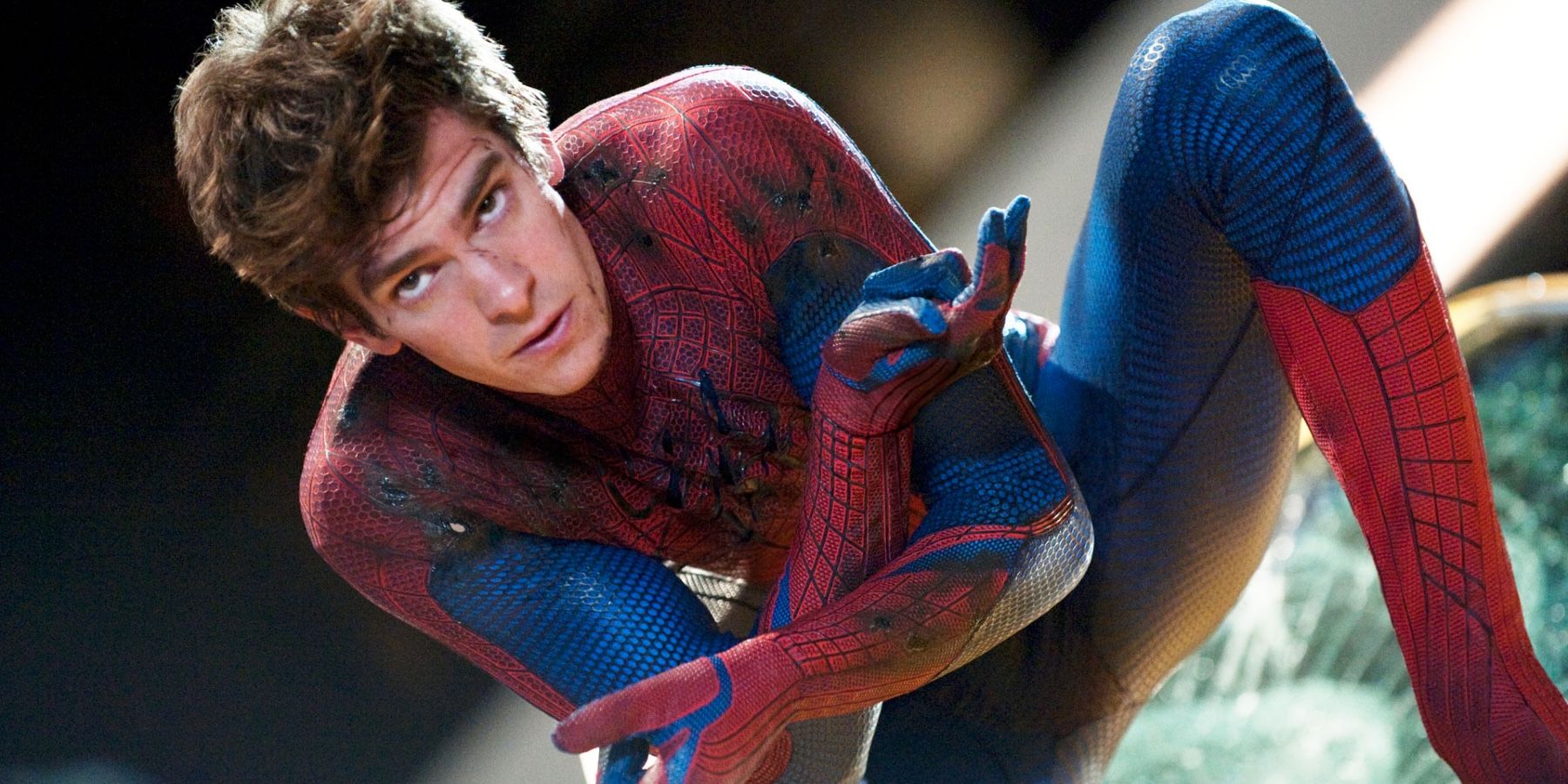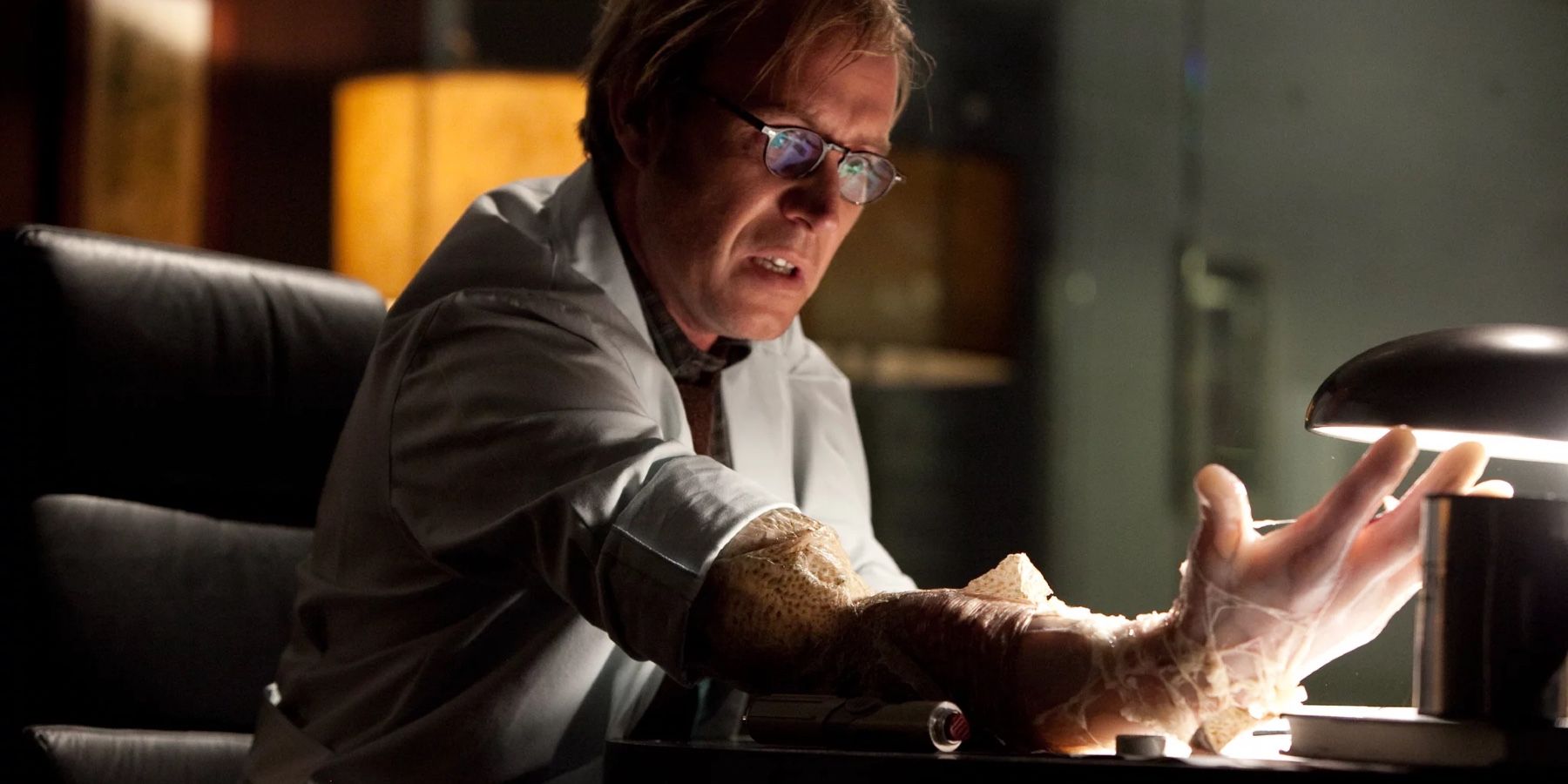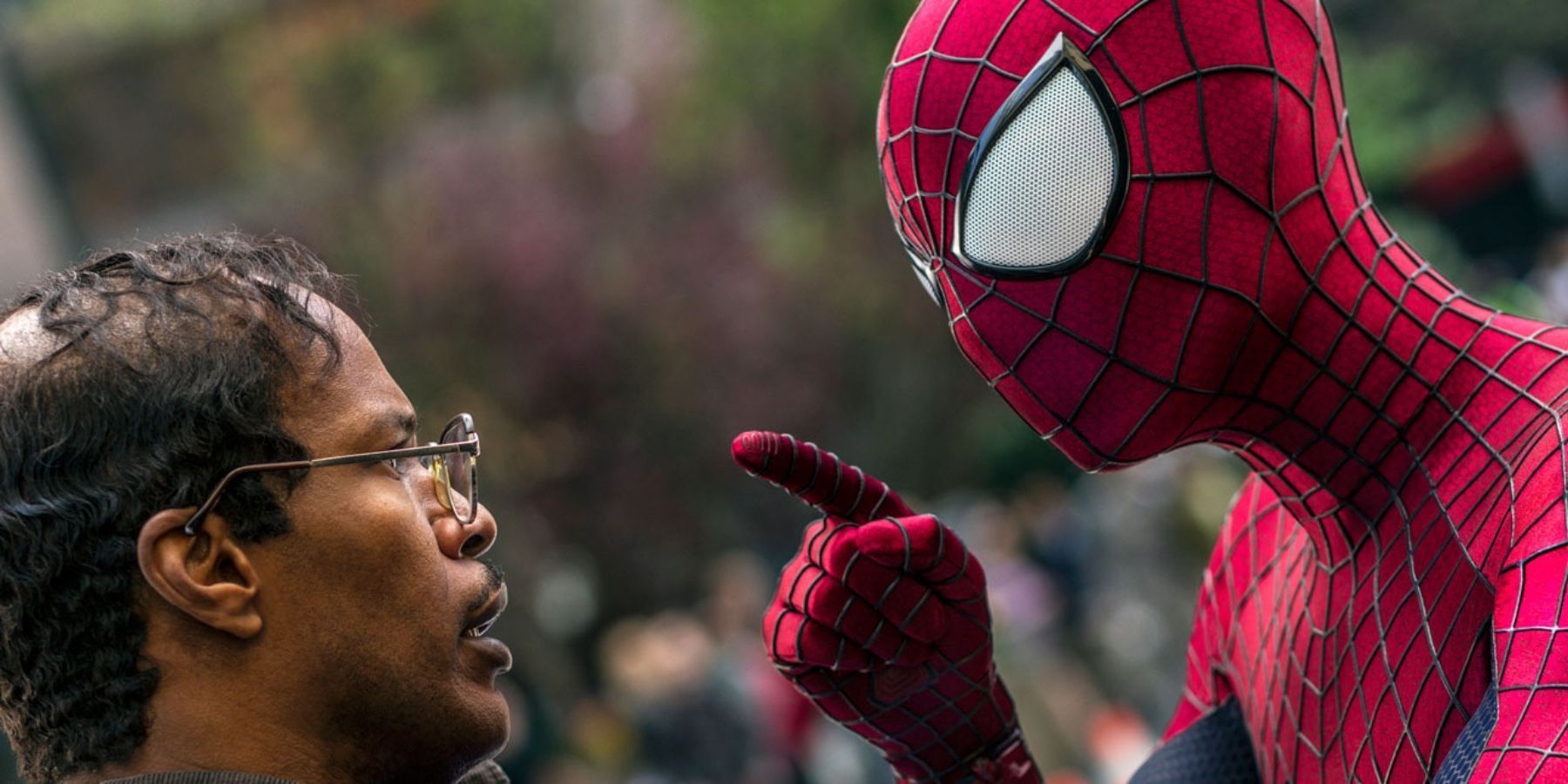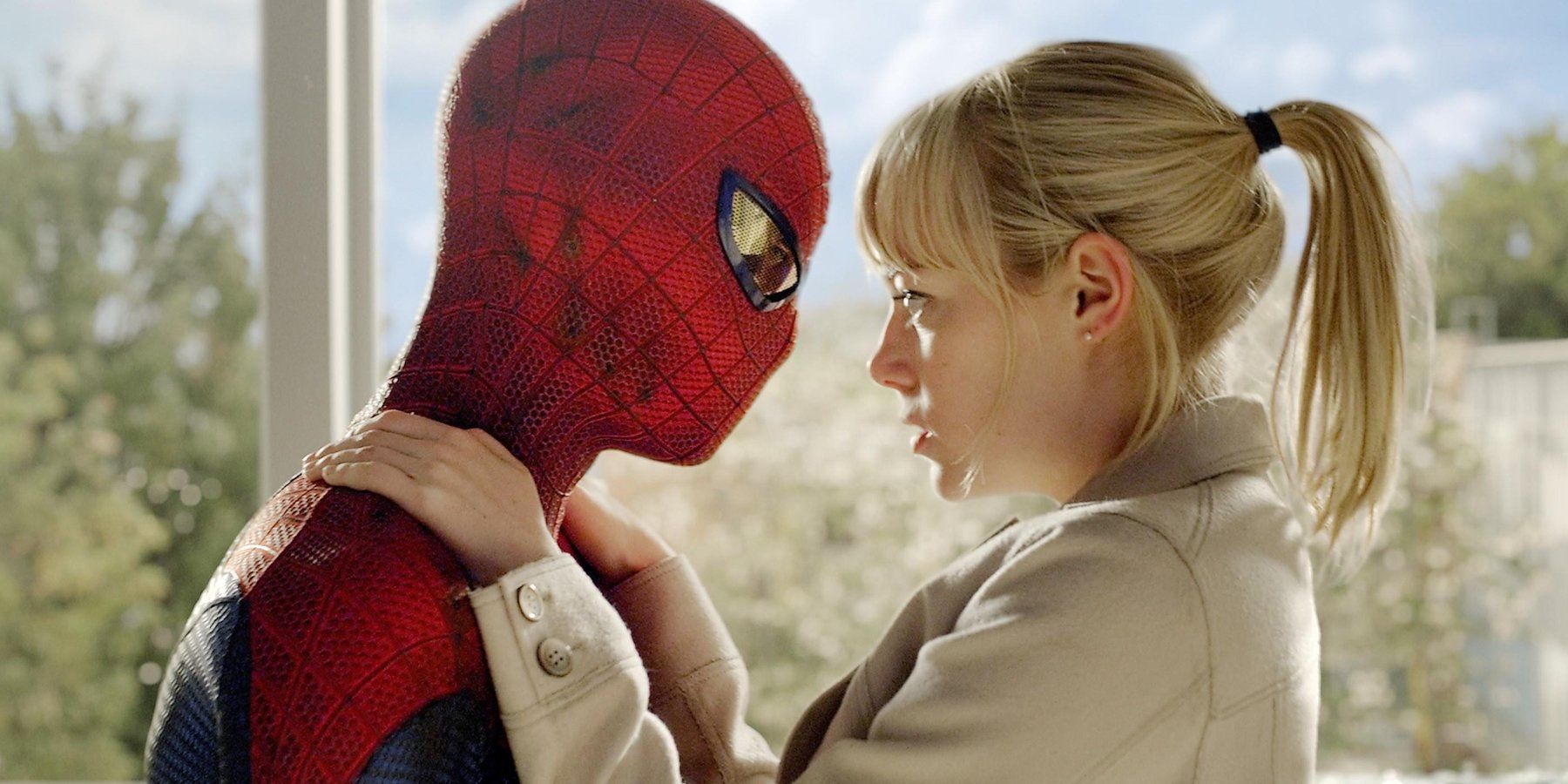Some superhero movies are rightfully remembered for being terrible, but The Amazing Spider-Man and its sequel were actually great, and offered some of the best on-screen Spider-Man moments we've ever seen.
It's truly incredible how there have been three live-action portrayals of Spider-Man, several actors who have played Batman, but superhero roles like Black Widow, Ant-Man, Blade, and Black Panther have only been covered a few times. That being said, The Amazing Spider-Man series was a very tall order considering the success of Sam Raimi's Spider-Man trilogy (especially the second film) with Tobey Maguire in the title role. However, Andrew Garfield's role as the superhero webslinger is memorable and very underrated because his Peter Parker doesn't try hard to be an invincible hero, and there's more emphasis on Peter's family history.
While Maguire's Parker in Raimi's films was more of a nerd and a dork, Garfield takes more of a laid-back and rebellious approach as Peter, while also being very curious and interested in learning more about his superpowers. He also learns more about his mother and father (Richard and Mary Parker), and how they were scientists involved with complex experiments. Peter also discovers that dangerous people tried to kill his parents in order to steal their research and use it for evil purposes (like making weapons of mass destruction).
By revealing more about his parents, Peter's emotions are exposed, especially through his aunt and uncle, who have raised Peter as if he were their own son. Peter questions why his parents abandoned him, while Uncle Ben and Aunt May do everything they can to comfort him. Similar to Raimi's first Spider-Man film in his trilogy, Uncle Ben is shot and killed by a thug, but despite the similarities, Martin Sheen (an immensely gifted actor) portrays Ben with such a father-like sincerity and grace (like Cliff Robertson did in Raimi's feature).
Ben's death places Garfield's Parker and Aunt May (Sally Field) in a deep depression, but through this obstacle, Parker trains himself to be stronger and faster, tracking down criminals like the thief who murdered Ben. While Garfield's training sequences also resemble Maguire's, especially when jumping off rooftop buildings, the camera is sometimes used from a first-person perspective, so audiences can visualize what Garfield's Spider-Man sees as he is shooting webs and swinging from place to place, making this a more intimate, close-up experience.
Another key difference between Maguire and Garfield is that Maguire's Spidey always had the superhuman ability to shoot webs. While Garfield would eventually be capable of shooting webs on his own, he starts out by using web-shooters from his suit to shoot webs. Garfield's Spidey takes more time to learn and test his powers, effectively displaying his growth process as a hero.
While Garfield efficiently portrays Spider-Man as a vulnerable hero, the villains in this series are also deeply wounded, troubled, and misunderstood, and a good majority of them are involved with Norman Osborn's Oscorp corporation. In the first film, Dr. Connors (who later becomes The Lizard) doesn't intentionally plan on becoming a villain, but when he successfully regenerates his arm with the use of a powerful drug, he turns into a big reptile who's unable to control his madness when he hurts the general public. The Lizard becomes a major threat by exposing the drug and infecting thousands, but when Connors isn't the Lizard, he feels regretful and guilty because he knows that he failed both Peter and himself, letting his personal ambitions on limb regeneration get in the way.
Jamie Foxx's Electro is another Spidey villain who was wronged and placed in unfortunate circumstances. In the sequel, he's originally Oscorp employee Max Dillon, who is geeky and shy, but when he is rescued by Spider-Man, Max wants to be recognized just as much as the webslinger. When Max becomes Electro after a bio-electrical accident, he takes his anger and wrath out on Spider-Man and the public.
Electro isn't Spider-Man's only nemesis in the sequel. There's also Harry Osborn, who (like James Franco's portrayal in Raimi's films) loses his father Norman and becomes the Green Goblin due to his obsession over Parker's alter-ego. However, unlike Franco's fancy, pretty-boy portrayal, Harry in this version is more tormented and depressed because he's been living under his father's shadow, and feels emotionally torn.
The action sequences in both films may be busy and excessive at times but are exquisite in using buildings and city streets to draw out the heroes and villains. Spider-Man even tends to bleed from time to time and is left with serious wounds and slashes after big fights. The CGI effects used for Spidey's villains, particularly Electro and Lizard, are both visually striking and colorful, providing both bad guys with refined looks suitable for their roles.
Kirsten Dunst's Mary Jane Watson was a great female love interest for Maguire's Spider-Man (especially since he rescues her several times), but Emma Stone's Gwen Stacy in this Spider-Man series is even better because she's much more involved in the action scenes with Peter, including the fight with Lizard in their high school, and the final battle with Electro. Due to the fact that she works at Oscorp, and is just as knowledgeable about the lab tech and the science experiments that go on in the facility, she understands what Peter is up against, even if she takes a big gamble on her own life.
In Raimi's trilogy, Peter took a long time to reveal to Mary Jane that he was Spider-Man, and their relationship was strained and reserved because of Peter's secret identity. The way Peter reveals his superpower to Gwen in the first Amazing Spider-Man film is both funny and romantic because Gwen truly embraces Peter for who he is, and Peter feels comfortable discussing his troubles to her. Peter and Gwen are more openly intimate and committed to each other, until it becomes too dangerous.
Gwen's death was one of the most emotional moments in a superhero film because it's rare for the primary heroine to die. However, like her tough father (police Captain George Stacy), and Peter's family, Gwen was a fearless character who had the guts to risk her own life for Peter because she believed in him, and loved him very much.
Raimi's first two Spidey features with Tobey Maguire likely set the standard, but The Amazing Spider-Man films are ambitious because they display plenty of emotion surrounding Peter's family history, and intense action between Peter and villains who are considered outcasts to the world. Above all, Garfield's webslinging hero has heart, humor, and sheer determination, qualities definitely needed for future Spider-Man installments.




